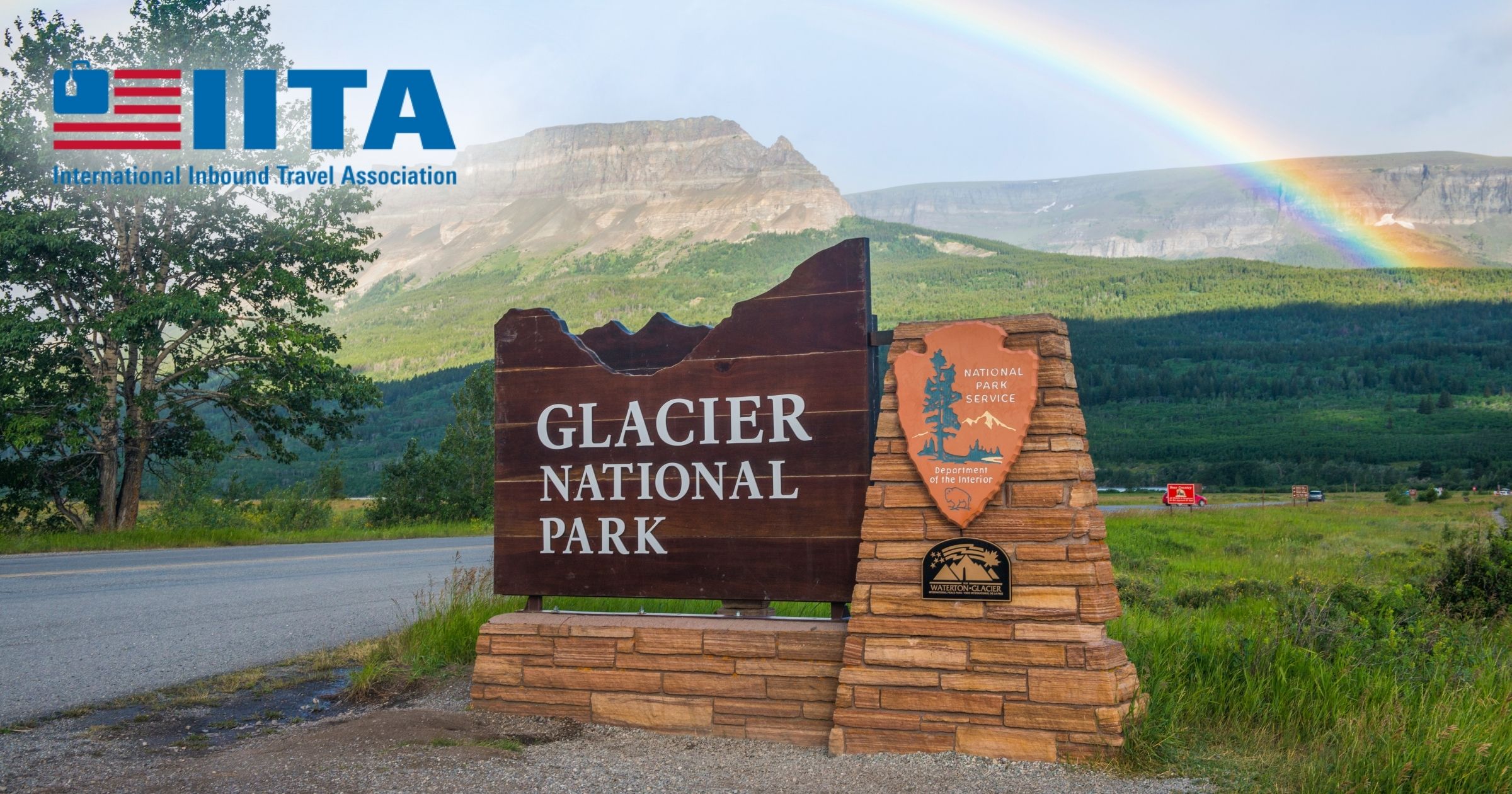Explore Black Holes in 8K Detail!
The Jennifer Chalsty Planetarium at Liberty Science Center (LSC), the largest in the Western Hemisphere, is now open for exploration!
This fall, groups can travel deep into space to explore the astonishing and mysterious science of black holes.
The sophisticated 400-seat theater planetarium boasts an impressive array of features that puts it in a league of its own.
- A wrap-around dome measuring 27 meters (about 89 feet) in diameter and 60 feet high.
- A 10-projector system capable of showing images in 88 million pixels at a vivid 8K resolution.
- Sophisticated software allowing downloads of the latest animations and images from NASA.
- A lighting system capable of producing over 281 trillion individual colors.
The only planetariums in the world that are larger than the one at LSC are located across the world in Asia.
This fall, groups can check out Black Holes: The Other Side of Infinity, an extraordinary film that immerses viewers in the universe of black holes. Although no human could expect to survive anywhere near a black hole, the films' high-definition screen and vivid NASA images bring its astronomical concepts to life in a dramatic fashion. At one point, viewers will approach the "singularity," or center of a black hole, where they will feel as if they are plunging deep into the unknown.
All shows at LSC are led by experienced science educators who engage with audiences, helping them to find objects in the night sky and learn about what's new in the amazing world of outer space.
Also available for groups to explore is the newly re-designed Infection Connection gallery, teaching groups about microbes and how to stay healthy, the Touch Tunnel, a pitch black crawl-through tunnel in its new location, and blockbuster exhibition, The International Exhibition of Sherlock Holmes.
Groups can learn more by contacting Mary McDonald, Director of Sales, at 201.253.1310 or sales@LSC.org.
Courtesy of Liberty Science Center.
Photo courtesy of The International Exhibition of Sherlock Holmes, Museum of Applied Arts and Sciences | Photographer Ryan Hernandez.



